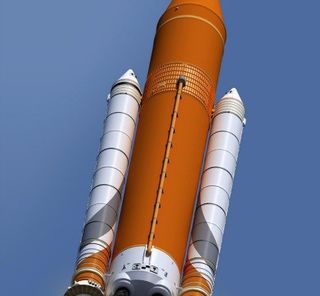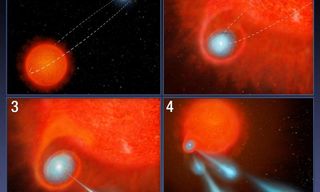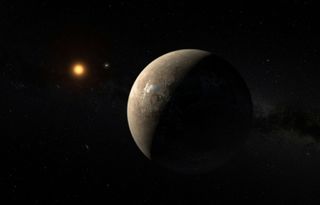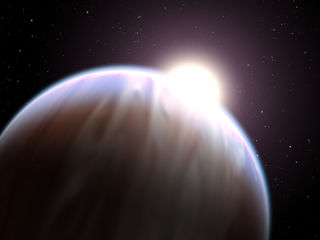Space Digest
October 2016 - What’s Hot in the Universe
Greetings fellow space fans and explorers of the wonders of this universe we all call “home”. The following column is a brief round-up of some of the more interesting, well in my view anyways, news items from the universe over the past month. My intent is not to go into too much detail as I don’t have the knowledge to do so. Rather my aim is to give a brief summary of the headlines I come across and to post links to articles so that the reader can follow up on stories of interest to them in particular.
- Digest compilation by Ian Kraack
-
In early October Boeing CEO Dennis Muilenburg commented that the first person to set foot on Mars was going to get there in a Boeing spacecraft. This came after SpaceX boss Elon Musk revealed his vision of how man would get there in September. Given that Boeing was a part of the build of the Saturn V rocket that took man to the moon in the 60s and was also contracted by NASA to build their SLS rocket, and that Boeing is SpaceX’s biggest rival, these are probably not just idle words.Posted: Thursday 6 October 2016
-
A red giant star, V Hydrae 1200 lightyears from Earth, has been detected shooting giant plasma balls roughly twice the size of Mars into space. Scientists estimate that this has been happening annually every 8.5 years for at least the last 400 years or so and puzzles scientists because bloated red giants like V Hydrae shouldn’t be behaving in this manner. This has led to speculation that there is a secondary star orbiting V Hydrae causing the ejections.Posted: Thursday 6 October 2016
-
Scientists at Marseille’s Astrophysics Laboratory in France have used computer simulations to calculate some size and surface details about our nearest exoplanetary neighbour. Normally analysis of an exoplanet’s dimensions is done using measurements in its host stars brightness as the exoplanet transits across in front of it from Earth’s perspective. However, no such transit has occurred with Proxima Centauri b as of yet. So instead the team in Marseille had to rely on computer simulations. And those simulations seem to predict that Proxima Centauri b is covered in liquid oceans.Posted: Thursday 6 October 2016
-
Astronomers have used a novel technique to discover an exoplanet by observing its orbital motion. KIC 7917485b is the first planet to be identified around a Type-A main sequence star from its orbital motion and the first to be found near that type of star’s “habitable zone”. Type-A stars are bigger and hotter than most other stars in the Kepler catalogue and tend to change brightness at regular intervals. By measuring apparent delays in that interval scientists can calculate the apparent oscillations of the star’s orbital motion which would be due to the gravitational effects of a nearby planet.Posted: Tuesday 4 October 2016




